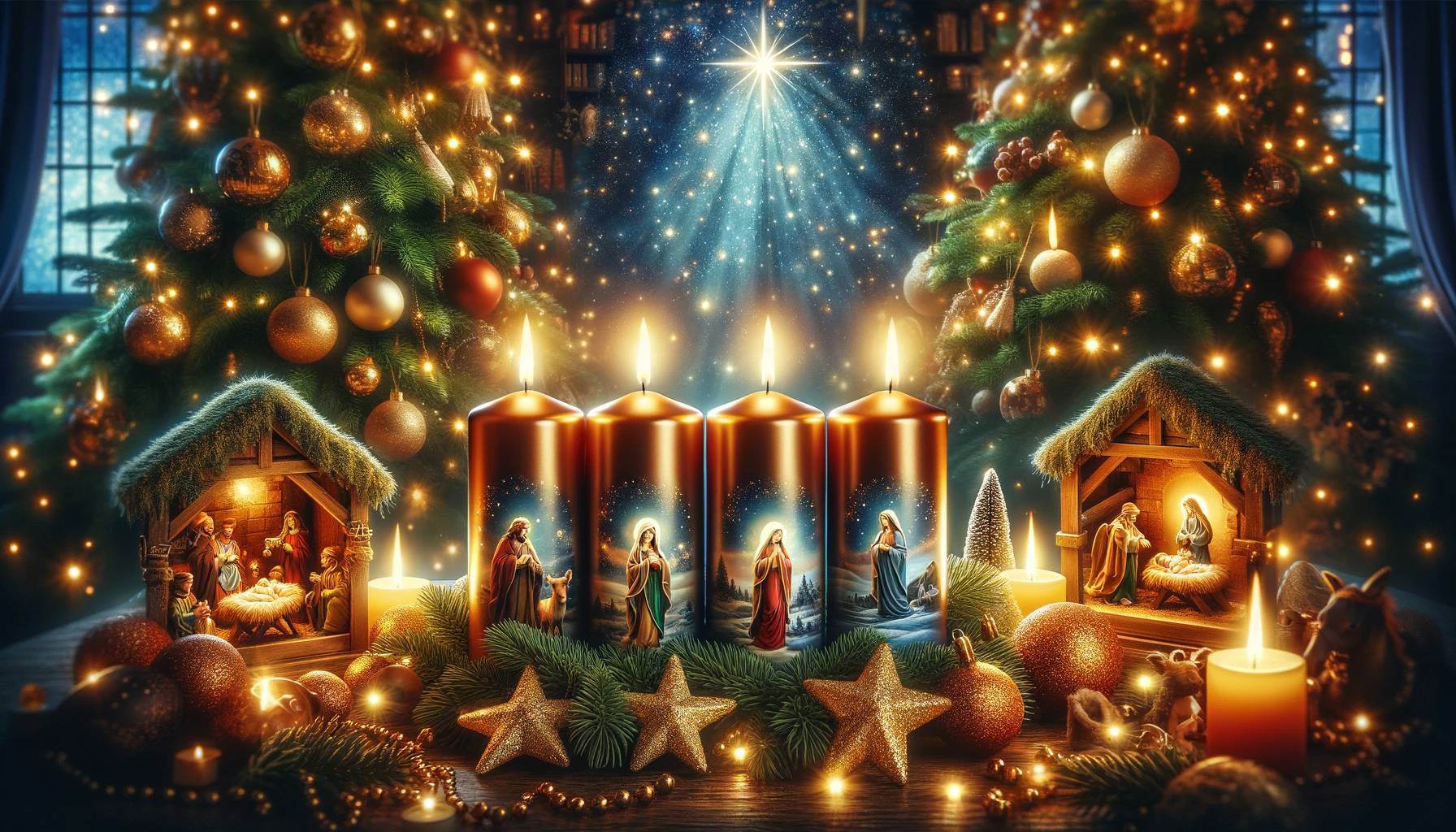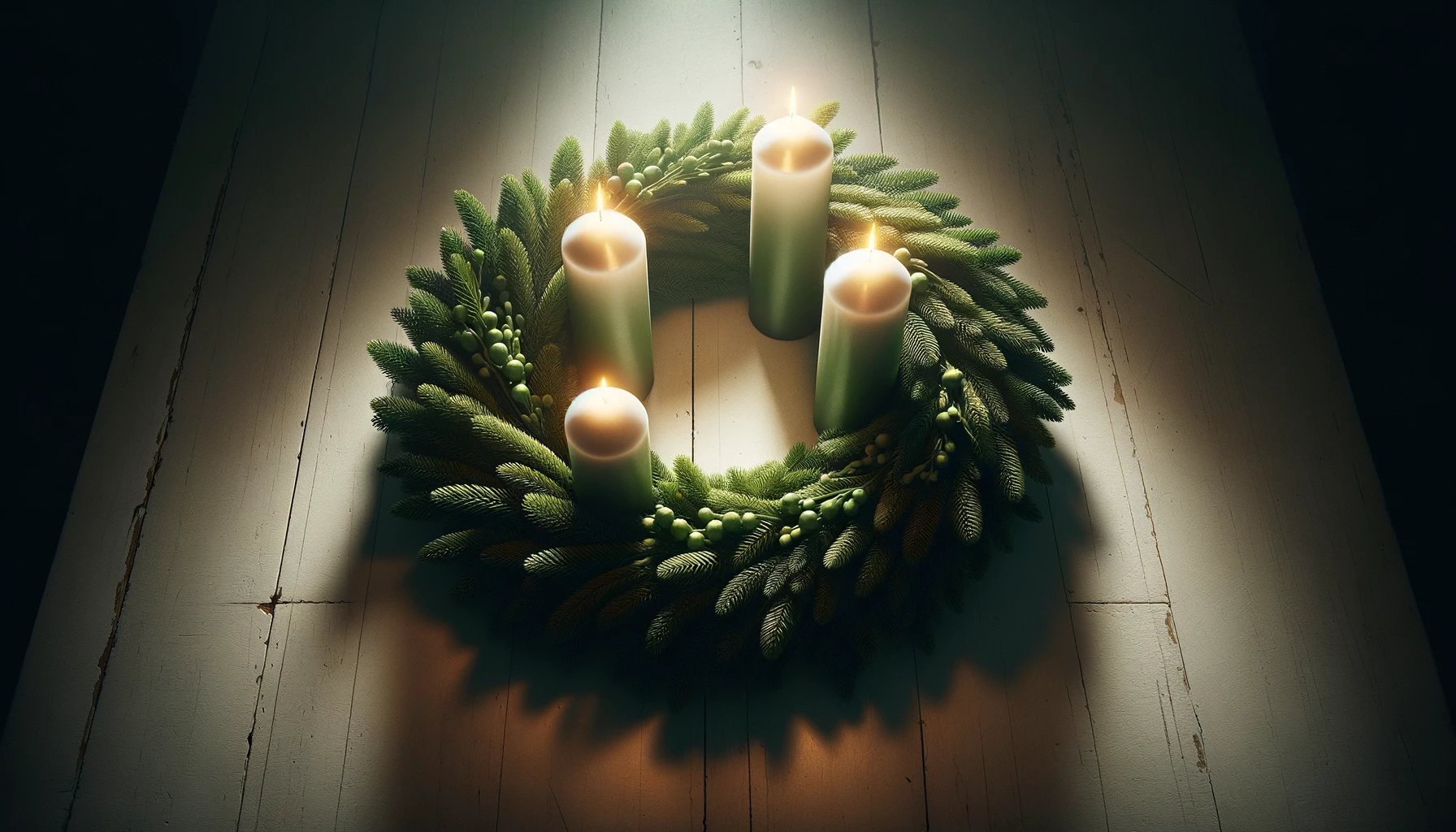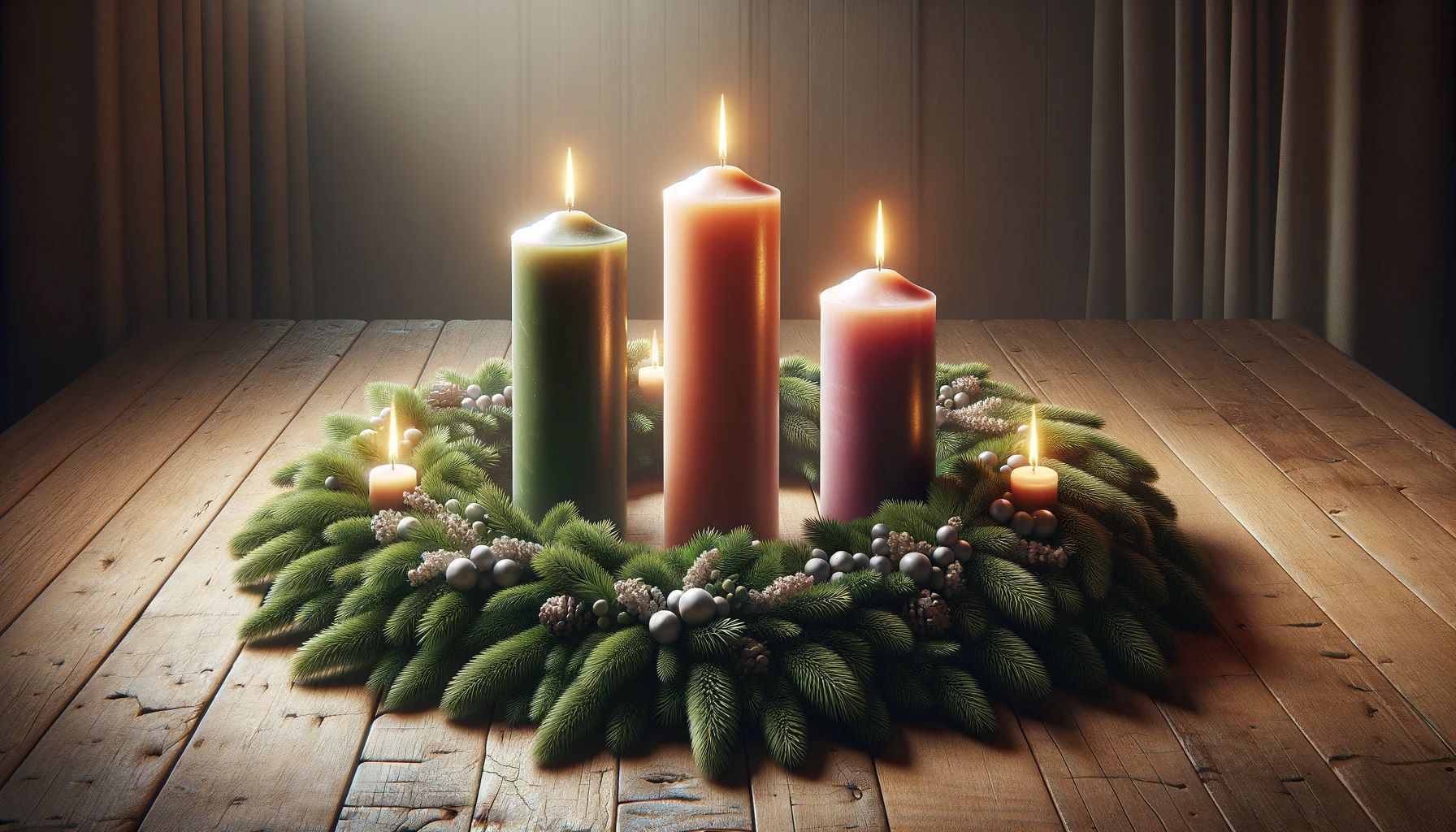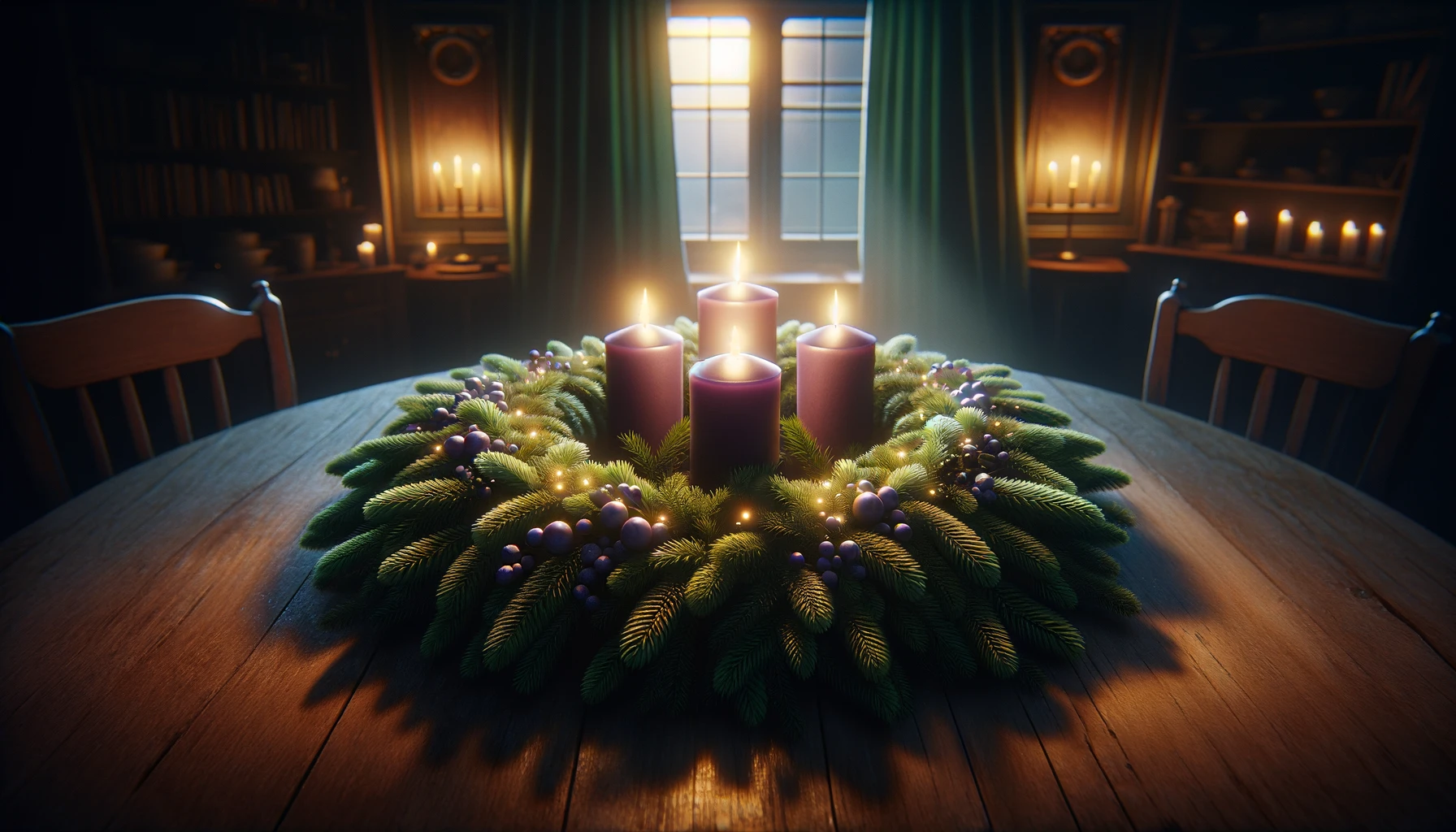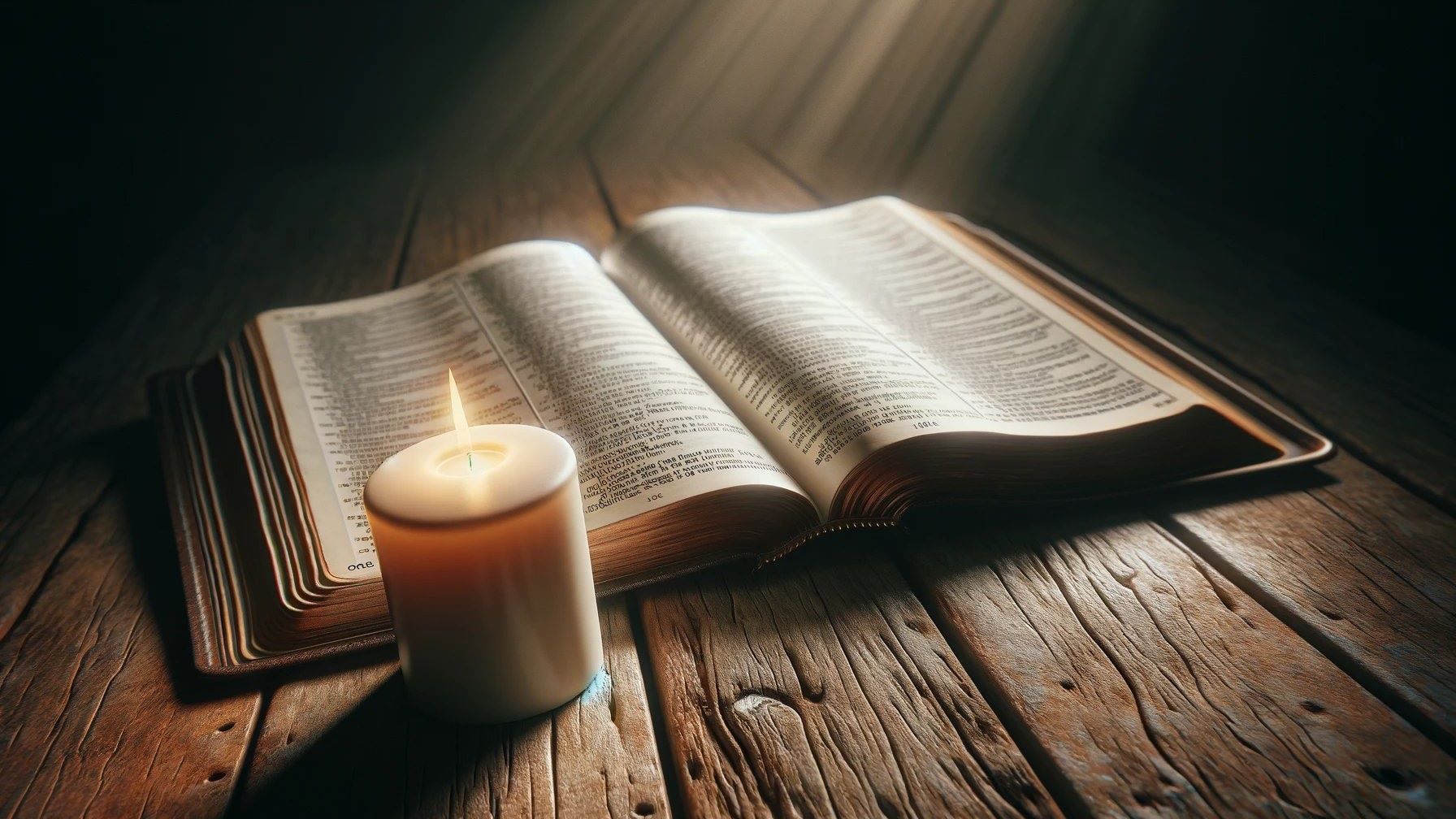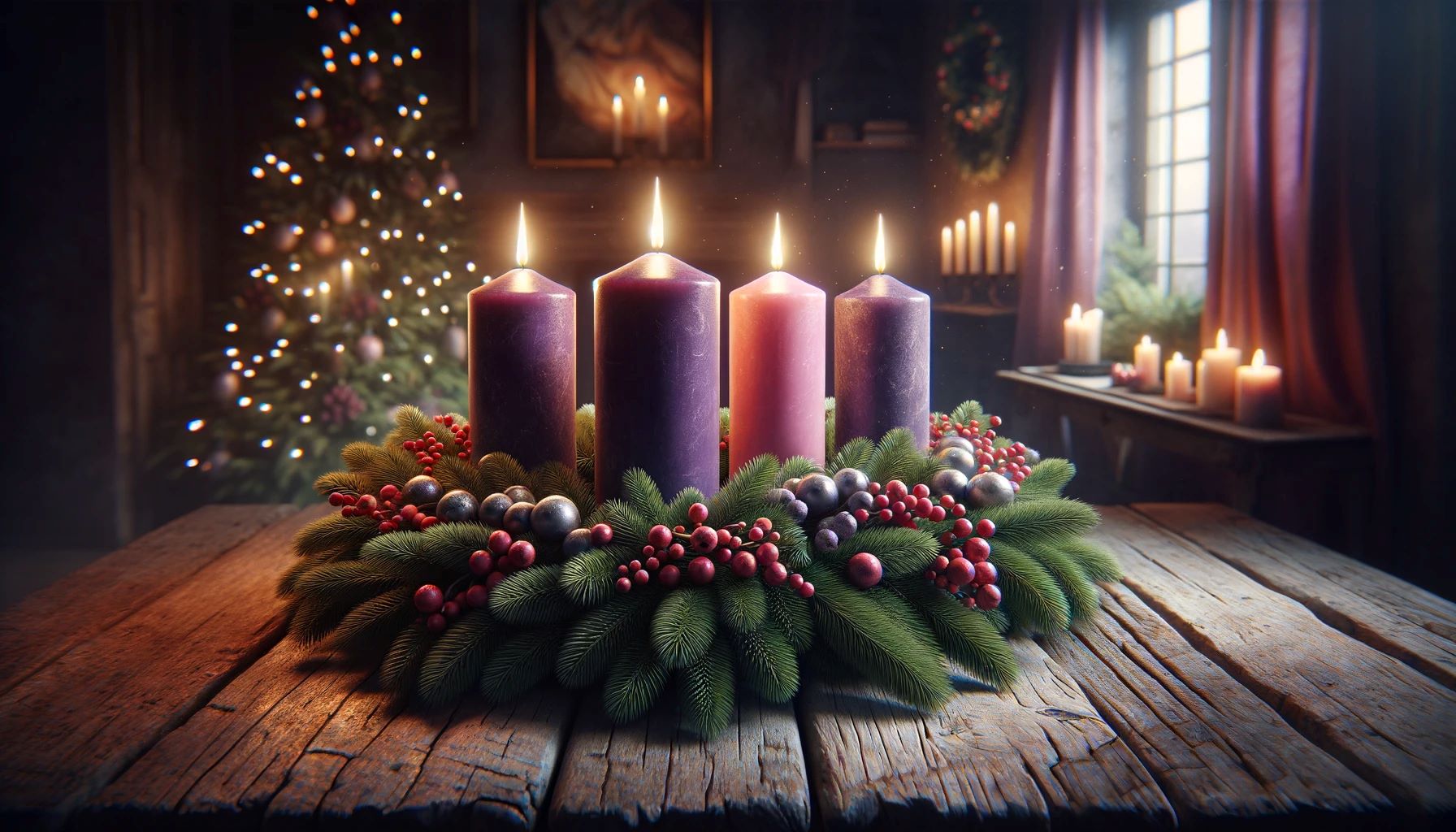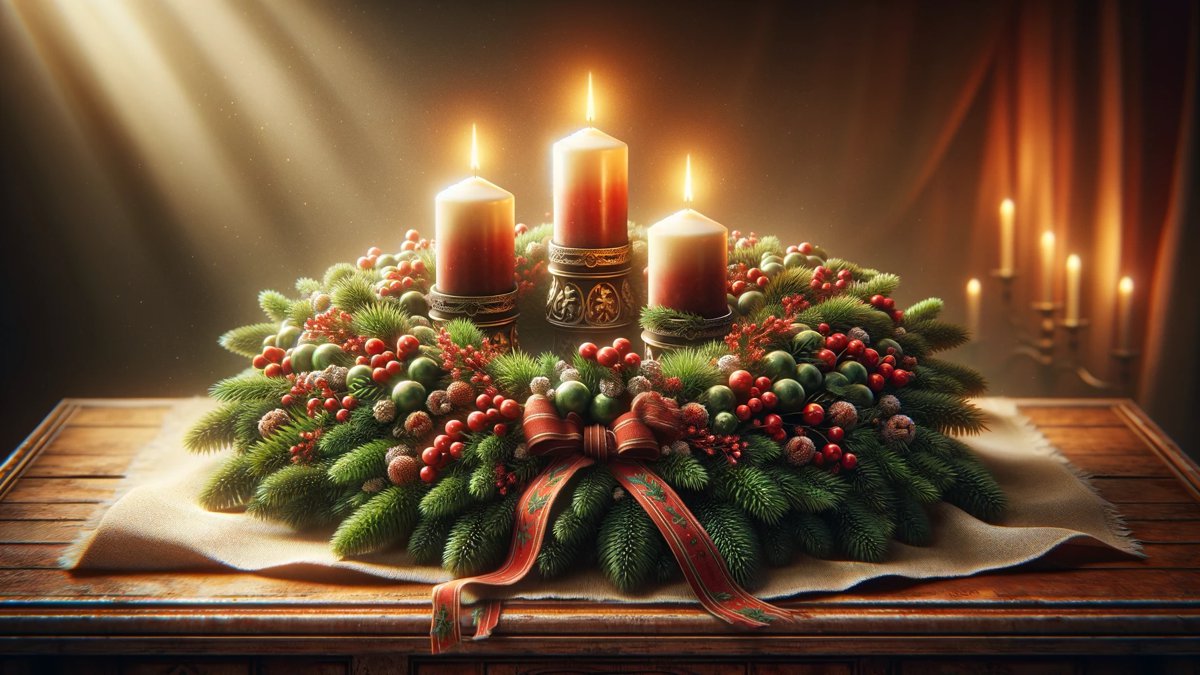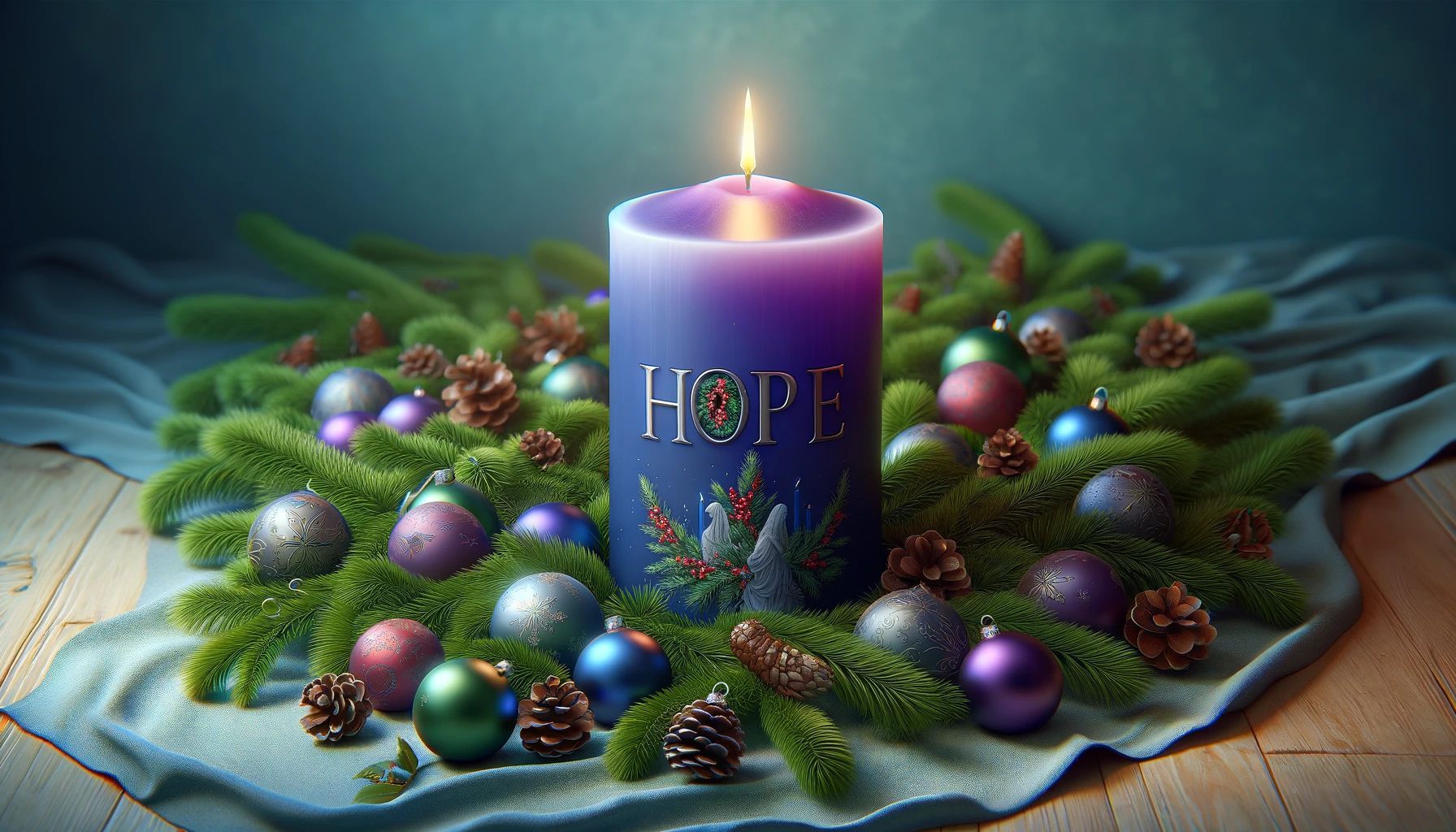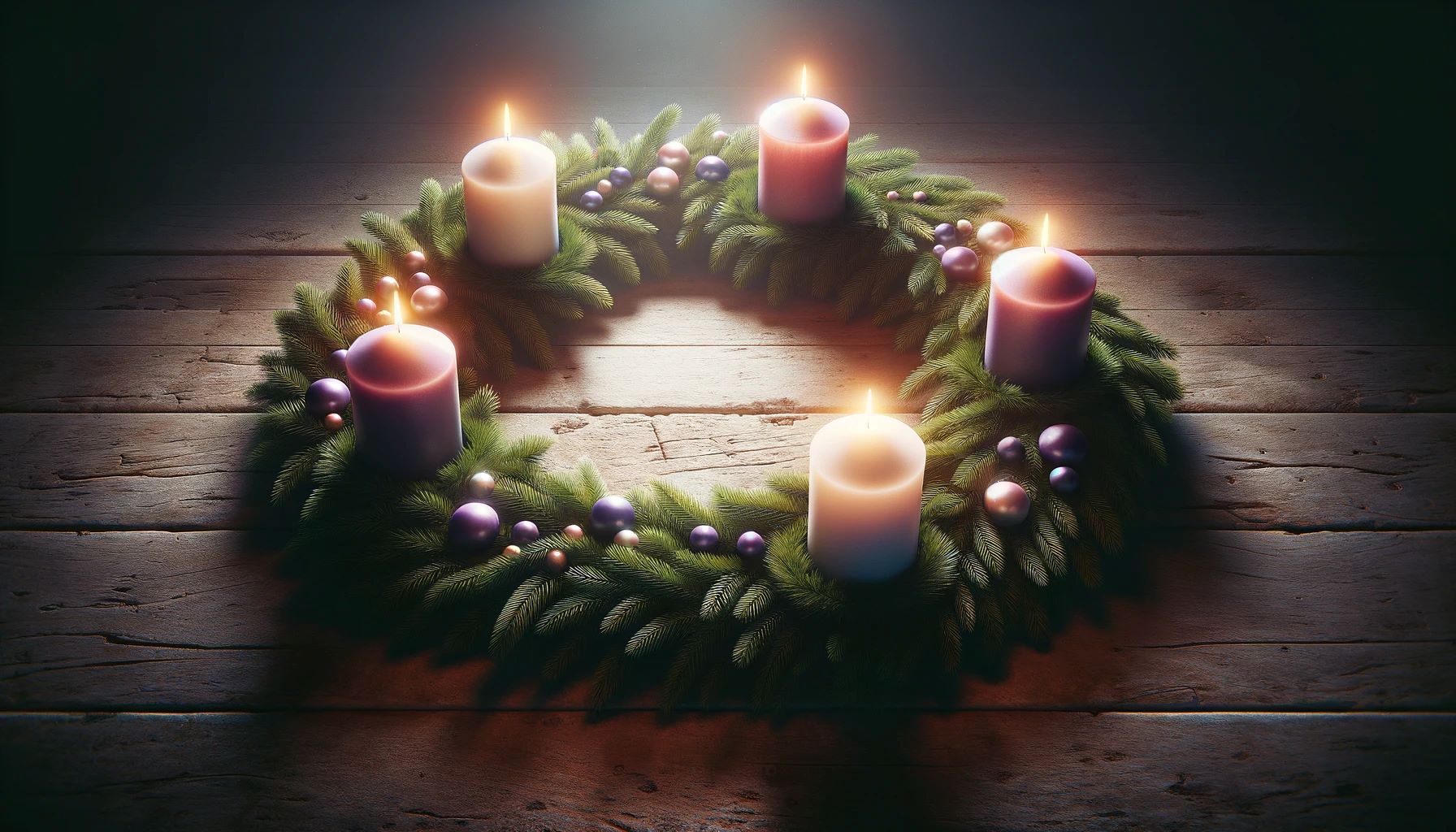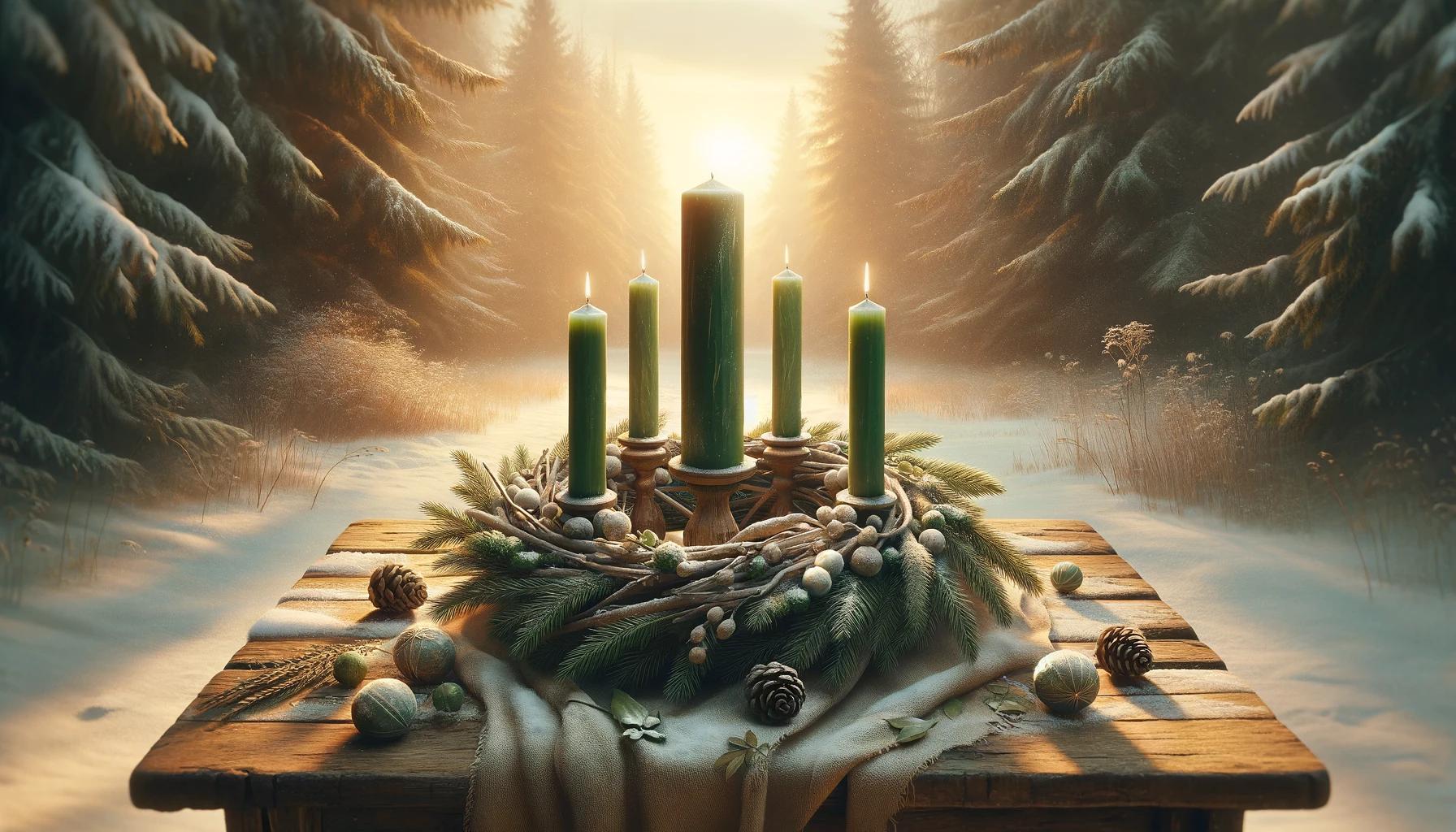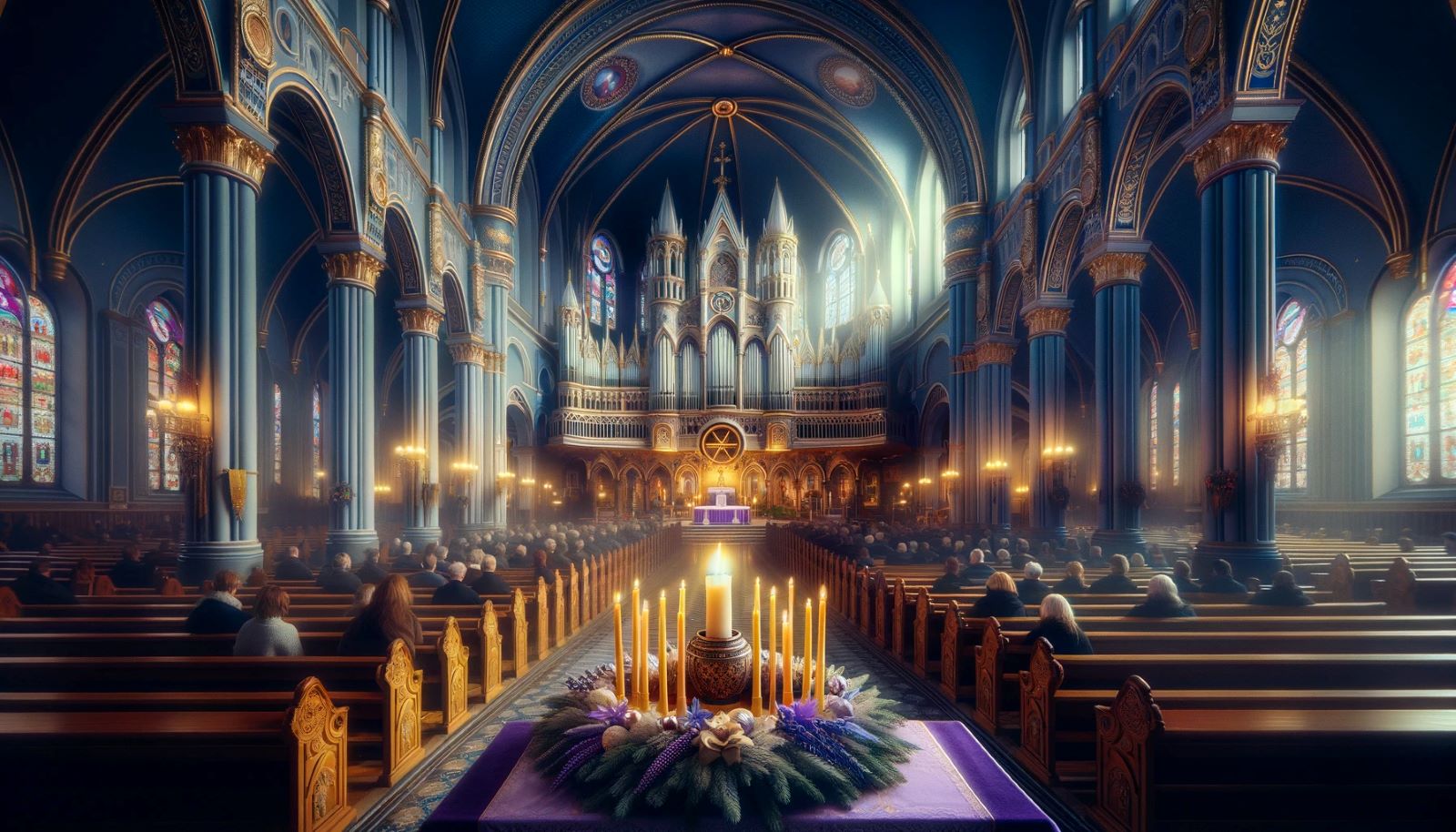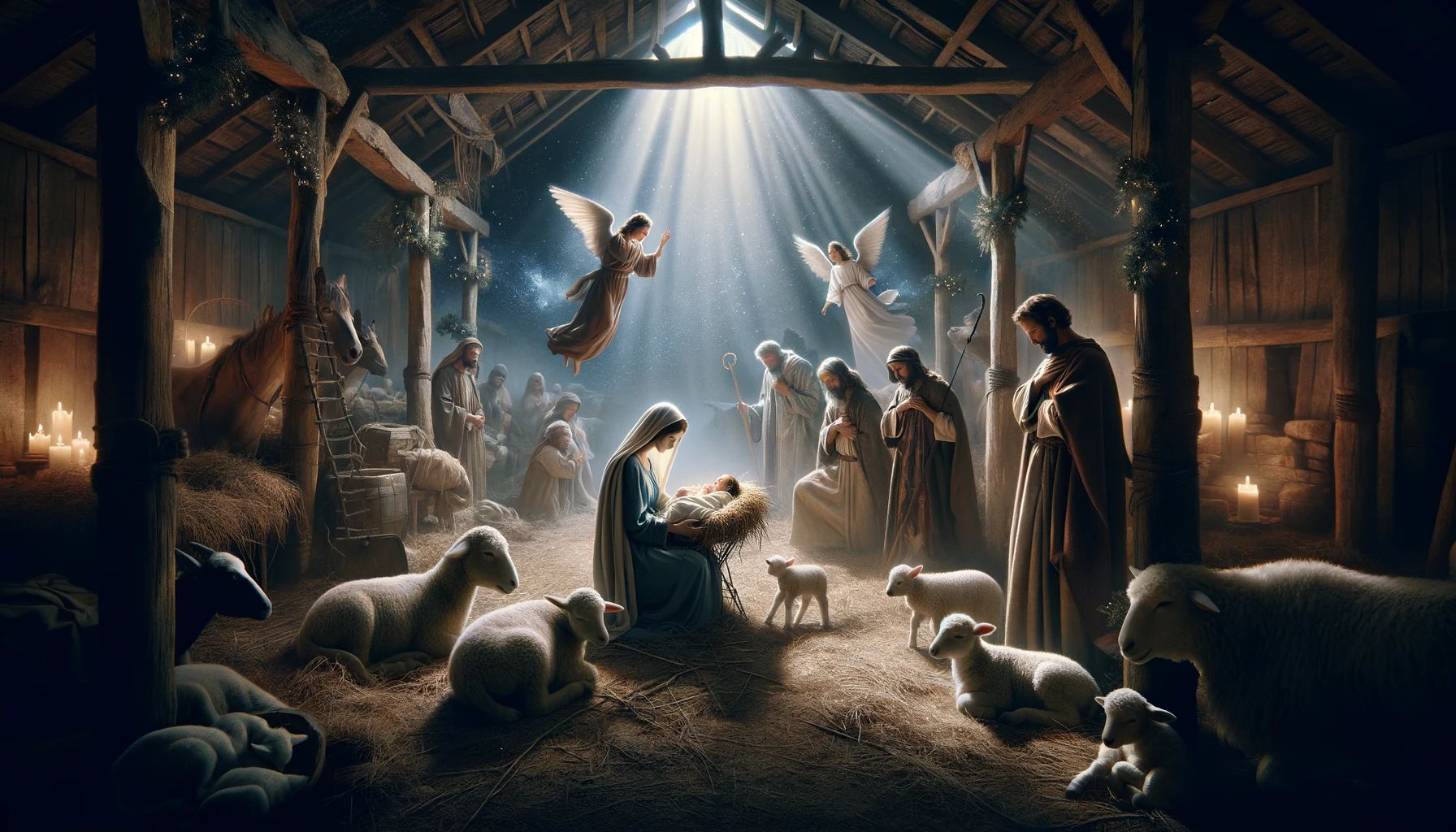Home>Special Themes>What Color Advent Candle Is Lit First
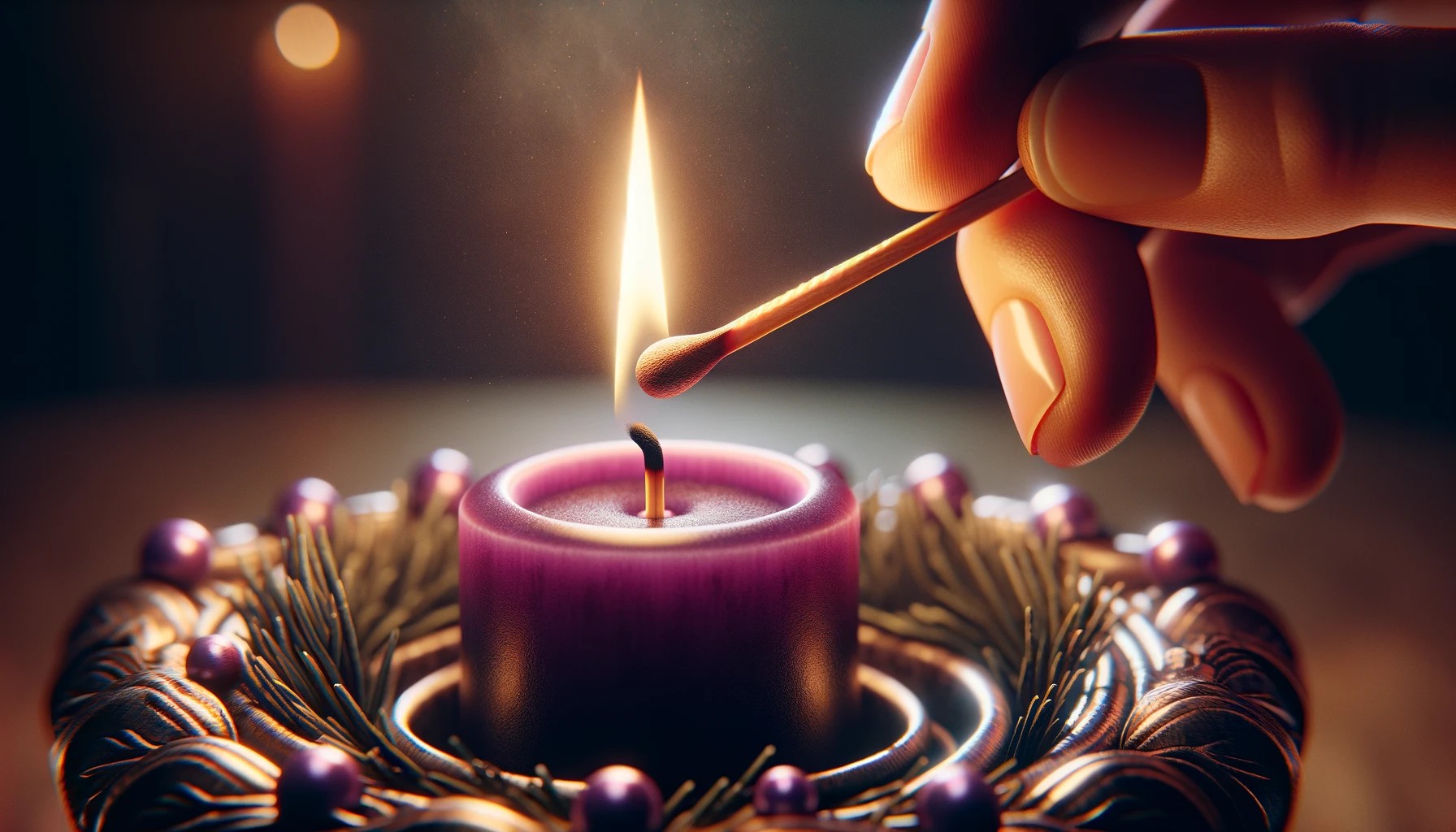

Special Themes
What Color Advent Candle Is Lit First
Published: February 12, 2024
Peter Smith, Editorial Director at Christian.net, combines deep insights into faith, politics, and culture to lead content creation that resonates widely. Awarded for his contributions to religious discourse, he previously headed a major organization for religious communicators, enhancing dialogue on faith's societal impacts.
Discover the significance of the first color of the Advent candle and its symbolism in special themes. Learn the tradition and meaning behind the first lit candle.
(Many of the links in this article redirect to a specific reviewed product. Your purchase of these products through affiliate links helps to generate commission for Christian.net, at no extra cost. Learn more)
Table of Contents
Introduction
Advent, the period leading up to Christmas, is a time of joyful anticipation and spiritual preparation for the birth of Jesus Christ. One of the cherished traditions during this season is the lighting of Advent candles. This ritual holds deep significance for Christians around the world, symbolizing the hope, love, joy, and peace brought by the arrival of the Savior.
The lighting of Advent candles is a beautiful and meaningful custom that dates back centuries. It serves as a visual reminder of the spiritual journey towards the celebration of Christ's birth. Each candle represents a different aspect of the Advent season, and the act of lighting them in succession is a poignant way to mark the passage of time and the progression of the spiritual themes associated with the season.
As we delve into the tradition of Advent candles, we will explore the profound symbolism behind each candle and the order in which they are lit. Understanding the significance of these candles and their colors adds depth to the observance of Advent and enriches the spiritual experience for individuals and families alike. Let's embark on a journey to uncover the rich symbolism and traditions surrounding the lighting of Advent candles, delving into the profound meanings they hold for those who partake in this cherished ritual.
Read more: What Is The First Candle Lit In Advent
The Tradition of Advent Candles
The tradition of Advent candles traces its roots back to the early 19th century in Germany, where it began as a way to mark the four weeks leading up to Christmas. This practice soon spread to other parts of Europe and eventually made its way to various Christian denominations worldwide. The lighting of Advent candles serves as a visual and symbolic way to count down the weeks and days until the celebration of Christ's birth.
Typically, an Advent wreath, adorned with four candles, is used to mark the four Sundays of Advent. The circular shape of the wreath represents eternity and the unending love of God, while the evergreen foliage symbolizes hope and renewal. Each candle is lit on successive Sundays, with an additional white candle, known as the Christ candle, often placed in the center to be lit on Christmas Eve or Christmas Day.
The lighting of the candles is accompanied by prayers, readings, and reflections on the themes of hope, love, joy, and peace. This ritual provides a sacred and contemplative space for individuals and families to pause, reflect, and prepare their hearts for the coming of Christ.
The tradition of Advent candles holds a special place in the hearts of many, fostering a sense of unity and shared anticipation among believers. It serves as a tangible and beautiful way to mark the passage of time and to focus on the spiritual significance of the season. The gentle glow of the candles illuminates the darkness, symbolizing the light of Christ shining in the world and dispelling the shadows of despair and doubt.
As the tradition of Advent candles continues to be observed in churches, homes, and communities, it remains a poignant and cherished practice that invites participants to journey through the Advent season with a sense of reverence, expectation, and gratitude. The timeless tradition of lighting Advent candles serves as a powerful reminder of the enduring hope and promise found in the birth of Jesus Christ.
The lighting of Advent candles is a cherished tradition that brings warmth, meaning, and spiritual depth to the Advent season, uniting believers in a shared journey of faith and anticipation.
The Meaning of Each Advent Candle
The lighting of Advent candles is steeped in rich symbolism, with each candle representing a distinct aspect of the Advent season. As the candles are lit in succession, they serve as poignant reminders of the spiritual themes that define this sacred time of anticipation and preparation.
The first Advent candle, often lit on the first Sunday of Advent, symbolizes hope. This candle, typically purple or blue, signifies the eager expectation of the coming Messiah. It serves as a beacon of hope, shining brightly in the midst of darkness and uncertainty. As it is kindled, it calls to mind the prophetic promises of old and the anticipation of the fulfillment of God's redemptive plan. The flame of hope flickers with the assurance that God's faithfulness endures, and that the long-awaited Savior will indeed come to bring light and salvation to the world.
The second Advent candle represents love. Also known as the Bethlehem candle, it is often lit on the second Sunday of Advent. This candle, like the first, is typically purple or blue, and its illumination signifies the boundless love of God made manifest in the incarnation of Jesus Christ. As its flame is ignited, it serves as a poignant reminder of the profound love that compelled God to enter into human history, taking on flesh to dwell among us. The love candle invites us to contemplate the extraordinary depth of God's love for humanity and to reflect on the transformative power of divine love in our lives.
The third Advent candle symbolizes joy and is known as the Shepherd candle. Often lit on the third Sunday of Advent, this candle, traditionally pink or rose in color, radiates the joyous anticipation of the imminent arrival of the Savior. Its warm glow evokes the jubilant proclamation of the angels and the exuberant praise of those who first received the good news of Christ's birth. The joy candle invites us to rejoice in the fulfillment of God's promises and to embrace the abiding joy that springs from the assurance of salvation and the presence of Emmanuel, God with us.
The fourth Advent candle signifies peace and is often referred to as the Angel candle. Lit on the fourth Sunday of Advent, this candle, like the others, is typically purple or blue, representing the tranquility and harmony ushered in by the Prince of Peace. Its gentle flame calls to mind the message of peace proclaimed by the heavenly host and the profound peace that Christ brings to the hearts of all who welcome Him. The peace candle invites us to embrace the profound peace that transcends understanding and to reflect on the reconciling work of Christ, which brings wholeness and restoration to a broken world.
As the flames of these four candles illuminate the Advent wreath, they collectively convey the timeless narrative of hope, love, joy, and peace that culminate in the birth of Jesus Christ. Each candle, with its distinctive hue and significance, contributes to the rich tapestry of meaning woven into the observance of Advent, inviting participants to engage with the profound themes that define this sacred season.
The tradition of lighting these candles serves as a powerful and evocative way to immerse oneself in the spiritual journey of Advent, fostering a deep appreciation for the multifaceted dimensions of hope, love, joy, and peace that find their ultimate fulfillment in the birth of the long-awaited Messiah.
Which Color Advent Candle Is Lit First?
The first Advent candle, often lit on the initial Sunday of Advent, is typically purple or blue in color. This candle symbolizes hope, serving as a beacon of eager expectation for the arrival of the Messiah. The choice of purple or blue for the first candle aligns with the traditional liturgical colors associated with the Advent season. These hues convey a sense of solemn anticipation and preparation, reflecting the introspective and penitential aspects of the season as believers await the coming of Christ.
The color purple has long been linked to themes of royalty and anticipation, signifying the awaited arrival of the King of Kings. It also carries connotations of repentance and spiritual introspection, underscoring the solemnity of the Advent season as a time of preparation and self-examination. Similarly, the color blue is often associated with themes of hope, tranquility, and the divine, evoking a sense of calm assurance and steadfast faith in the promises of God.
As the first candle is kindled, its purple or blue flame radiates a profound sense of hope, piercing through the darkness and pointing towards the imminent fulfillment of God's redemptive plan. This act of lighting the first candle serves as a poignant reminder of the prophetic promises of old and the eager anticipation of the Messiah's arrival. It invites participants to embrace the hope that transcends temporal circumstances and to fix their gaze on the enduring faithfulness of God, who fulfills His promises in His perfect timing.
The choice of purple or blue for the first Advent candle underscores the profound significance of hope as the foundational theme of the Advent season. It sets the tone for the subsequent lighting of the love, joy, and peace candles, infusing the observance of Advent with a sense of eager expectation and spiritual longing for the fulfillment of God's redemptive purposes.
In essence, the color of the first Advent candle, whether purple or blue, serves as a visual and symbolic representation of the hope that permeates the Advent season, illuminating the path towards the celebration of Christ's birth and inspiring believers to await the Savior with hearts filled with anticipation and faith.
Conclusion
In conclusion, the tradition of lighting Advent candles holds profound significance for Christians, serving as a poignant and symbolic way to mark the passage of time and to engage with the spiritual themes of hope, love, joy, and peace during the Advent season. The ritual of lighting these candles, each representing a distinct aspect of the season, invites participants to embark on a journey of anticipation and preparation as they await the celebration of Christ's birth.
As the first Advent candle, typically purple or blue, is kindled, it illuminates the path of hope, signaling the eager expectation of the Messiah's arrival. This act sets the stage for the subsequent lighting of the love, joy, and peace candles, each contributing to the rich tapestry of meaning woven into the observance of Advent.
The timeless tradition of lighting Advent candles fosters a sense of unity and shared anticipation among believers, creating a sacred space for reflection, prayer, and contemplation. It serves as a visual and tangible reminder of the enduring hope, boundless love, abiding joy, and profound peace found in the birth of Jesus Christ.
As the gentle glow of the Advent candles dispels the darkness, it symbolizes the light of Christ shining in the world, offering reassurance and comfort in the midst of uncertainty. The tradition of lighting these candles transcends denominational boundaries, bringing together individuals and families in a shared journey of faith and spiritual preparation.
The observance of Advent, with its rich traditions and timeless rituals, continues to inspire and uplift believers, inviting them to immerse themselves in the profound themes that define this sacred season. The lighting of Advent candles serves as a powerful and evocative way to engage with the spiritual journey of Advent, fostering a deep appreciation for the multifaceted dimensions of hope, love, joy, and peace that find their ultimate fulfillment in the birth of the long-awaited Messiah.
As we conclude our exploration of the tradition of Advent candles and the profound symbolism they embody, may the enduring themes of hope, love, joy, and peace continue to resonate in our hearts and minds, guiding us towards a deeper understanding of the true meaning of Christmas and the transformative power of the Savior's birth.
